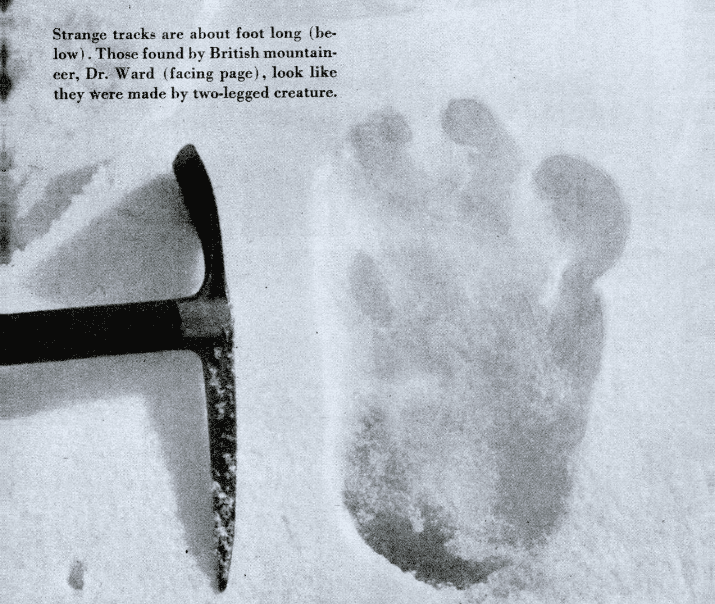According to Nepalese folklore, the Yeti or Abominable Snowman, is a tall ape-like creature that lives in the Himalayas. Sightings, footprints, and stories have kept the legend alive. There are some “Yeti” samples in museums and collections, so with DNA analysis, we can test them to see what they actually are.
A international research team took nine “yeti” samples from a variety of sources, including bone, tooth, skin, hair, and fecal samples. The yeti samples were provided by the British production company Icon films, which featured the researcher Dr. Charlotte Lindqvist of this study in their Animal Planet special “Yeti or not” in 2016. One sample was from a dog, and the others were either from Asian black bears, Himalayan brown bears, or Tibetan brown bears.
A study conducted in 2013 linked the DNA from two “yeti” hair samples to a bear related to an ancient polar bear. This bear was not related to modern Himalayan bears, and as of yet, there isn’t any other proof of this bear.
“Our findings strongly suggest that the biological underpinnings of the Yeti legend can be found in local bears, and our study demonstrates that genetics should be able to unravel other, similar mysteries,” says lead scientist Charlotte Lindqvist, PhD, an associate professor of biological sciences in the University at Buffalo College of Arts and Sciences, and a visiting associate professor at Nanyang Technological University, Singapore (NTU Singapore).
Yetis are considered cryptids, animals whose existence is questionable. The Loch Ness monster and chupacabras fall into this category. Although scientists have been looking there is no conclusive evidence of their existence. The existence of the “wild men” had been largely discounted before because there wouldn’t be enough of them to have a viable breeding population.
Interestingly, countries all over the world have some legend of ape-like “wild men”; Bigfoot in the USA, Yeren in China, Yowie in Australia, Orang Pendenk in Sumatra, Barmanou in Pakistan, Mapingauri in South America, and Almas in central Asia. Tthe “wild men” stories around the world have all arisen independently and were not spread out from one source. The idea an elusive wild man-like “other” is connected strongly to mythology. It seems to be a part of human nature to be interested in and fascinated with an “other”.










